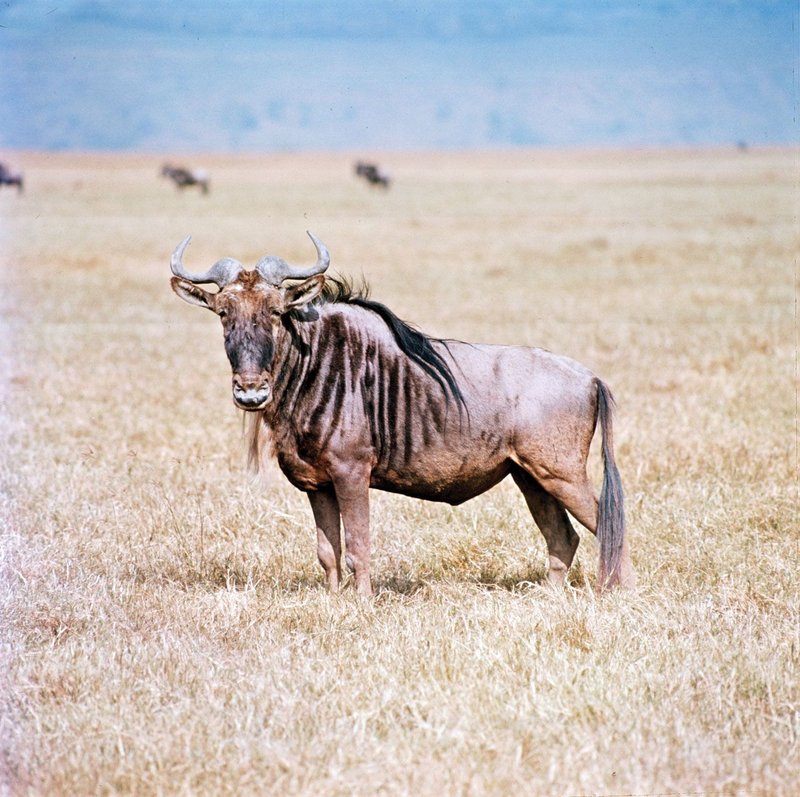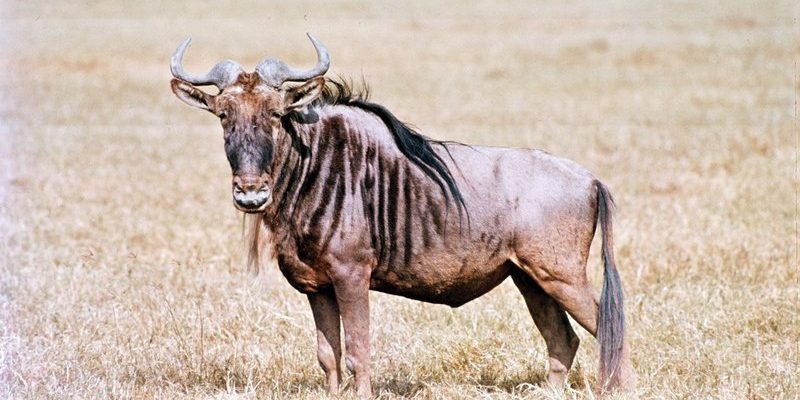
Imagine a bustling city where each person has a unique job that helps keep everything running smoothly. That’s a bit like what happens in nature. Just as every person contributes to the flow of city life, animals like the gnu play vital roles in their ecosystems. From being a source of food for predators to helping maintain the health of grasslands, gnus are not just wandering through life—they’re crucial players in a larger game of survival and balance.
Here’s the thing: the gnu isn’t just another animal. Its existence influences the survival of other species and impacts plant life, creating a web of interconnected relationships in the savanna. Let’s break down these roles and see just how significant the gnu is in its habitat.
Feeding the Predators
One of the most immediate ways gnus contribute to their ecosystem is by providing *food* for apex predators. Lions, hyenas, and wild dogs rely on gnus as a significant part of their diet. When large herds of gnus migrate, they create a buffet for these predators.
This relationship isn’t just about survival; it’s a balancing act. For instance, when predator populations thrive due to ample prey, it helps control herbivore populations. If there are too many herbivores, like gnus, they could overgraze the land, leading to habitat degradation. Therefore, the presence of gnus ensures a natural check on other species, promoting ecological balance.
Here’s a real-world example: during the great migration, millions of gnus move across the Serengeti, attracting predators who follow. This event not only sustains the predators but also impacts the entire ecosystem, influencing plant growth and nutrient cycling.
Gnus and Grassland Health
Speaking of plant growth, gnus also play an important role in maintaining healthy grasslands. Their grazing habits help control grass height and promote *diversity* among plant species. In simpler terms, when they eat, they prevent one type of grass from dominating the landscape.
You might wonder how that’s beneficial. Well, a variety of plant life is crucial for other animals in the ecosystem. Different species of grasses and plants support various insects, birds, and smaller mammals. When gnus graze, they encourage this biodiversity, which creates a richer habitat for all creatures.
Additionally, the movement of gnus impacts soil health. As they graze and move through the land, they help aerate the soil and spread nutrients through their waste. This process enhances soil fertility, ultimately benefiting the entire ecosystem.
The Migration Phenomenon
One of the most stunning aspects of the gnu is its incredible migration. Every year, thousands of gnus embark on a journey across the Serengeti in search of food and water. This migration is not just a spectacle for tourists; it serves multiple ecological functions.
During their migration, gnus help disperse seeds through their droppings. As they move from one grazing area to another, they carry seeds of various plants along with them. When these seeds are deposited in new areas, they can sprout into new plants. This natural planting process enhances the spread of vegetation across the savanna.
Furthermore, the sheer number of gnus moving through the landscape can create pathways and modify vegetation structure, which can benefit other species that rely on those same grasses and plants for shelter and food.
Social Structure and Behavior
Gnus are social animals, often found in herds that can number in the hundreds or thousands. This social structure is key to their survival and has implications for the entire ecosystem. Herds provide protection from predators; when gnus move together, they create safety in numbers.
But there’s more! The social dynamics of a gnu herd can influence grazing patterns. More dominant animals often graze in areas with more nutritious grass first, which can lead to a natural grazing rotation. This helps prevent overgrazing in one area, allowing grasses to recover.
Fascinatingly, gnu herds also engage in synchronized movement, which confuses predators. By moving together, they complicate a predator’s choice, making it harder for them to single out one animal. This behavior showcases the intelligence and adaptability of gnus, influencing the survival of both themselves and other species relying on similar tactics for their own safety.
Impact on Other Species
The ecological role of the gnu goes beyond just their direct impacts. Their presence affects many species in the ecosystem, from scavengers to plant life. For instance, when a gnu dies, it provides a vital food source for scavengers like vultures and jackals. These scavengers play their part in the ecosystem by cleaning up dead animals, which helps prevent the spread of disease.
Moreover, the grazing habits of gnus create an ideal environment for smaller mammals, birds, and insects. The diversity of plant life they promote supports a wider range of species, creating a rich fabric of life in their habitat.
Ever notice how a park can feel more alive when there’s more plant variety? In nature, it’s the same principle. By maintaining a healthy balance of grasses and plants, gnus contribute to the overall richness of their ecosystem, supporting not just their own kind but also a plethora of other life forms.
Conservation Importance
Unfortunately, like many species, gnus face threats from habitat loss, poaching, and climate change. Understanding their role in the ecosystem highlights the importance of *conservation efforts*. Protecting gnus means protecting a whole network of life that relies on them for survival.
Conservation programs often focus on preserving migration routes and natural habitats. By ensuring that gnus can roam freely, we safeguard the many ecological benefits they provide. This might look like creating wildlife corridors or regulating land use to prevent overdevelopment.
Here’s a thought: when we take action to protect gnus, we’re indirectly protecting the entire ecosystem. Every effort to support these animals strengthens the web of life that they help maintain.
The gnu’s role in its ecosystem is profound and multifaceted. From feeding predators to promoting plant diversity and supporting a variety of other species, these animals are integral to the health of the African savanna. Just like a city where each person plays a part, gnus help keep the balance of life in their environment.
Next time you think of a gnu, remember that these animals are more than just a fascinating part of the landscape. They are essential players in the natural world, helping to create a vibrant, interconnected ecosystem. Understanding their importance can inspire us to take action to protect not just gnus, but the myriad of life forms that depend on them.

